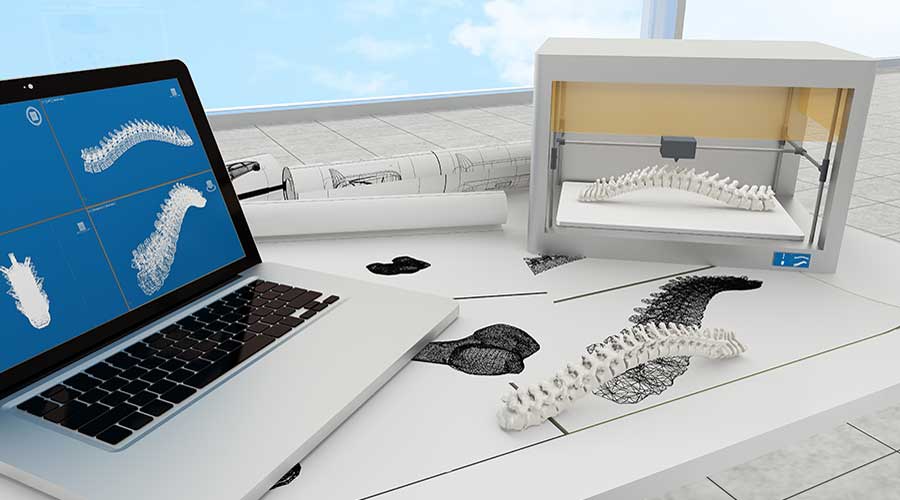The global healthcare additive manufacturing market size is expected to reach $9.9 billion by 2030, according to a report by ResearchAndMarkets. It is expected to expand at a compounded annual growth rate (CAGR) of 22.6 percent from 2022 to 2030..
The healthcare additive manufacturing technology helps in producing complex designs easily, forming personalized products, eliminating the production step, and producing lightweight products, which in turn is fueling market growth.
Read Next: What Role Can 3D Printing Play in Healthcare Facilities?
Growing commercialization of the manufacturing process, rising investment by the government and an increase in research and development in devices formed using additive manufacturing are key factors driving this market.
The advantages of additive manufacturing over traditional production methods are driving its growing popularity. Among the advantages of additive manufacturing are the use of modern technology, design freedom, dimensional precision, the use of a range of materials such as metal, plastics and polymers, build speed and the capacity to construct complicated parts and geometry, such as cooling channels and honeycomb structure. But the main use of additive manufacturing in the healthcare industry is the production of implants and prostheses.
Healthcare Additive Manufacturing Market Report highlights
- The laser sintering technology segment dominated the market with a revenue share of over 30.0 percent in 2021. This technology produces high-quality complex geometries in less time, which, in turn, is fueling the segment growth.
- Based on application, the medical implants segment accounted for the largest revenue share of over 30 percent in 2021.
- By material, polymers accounted for the largest revenue share of over 50 percent in 2021 as polymers reduce the cost of the manufacturing process, are flexible and have a long life span.

 Building Sustainable Healthcare for an Aging Population
Building Sustainable Healthcare for an Aging Population Froedtert ThedaCare Announces Opening of ThedaCare Medical Center-Oshkosh
Froedtert ThedaCare Announces Opening of ThedaCare Medical Center-Oshkosh Touchmark Acquires The Hacienda at Georgetown Senior Living Facility
Touchmark Acquires The Hacienda at Georgetown Senior Living Facility Contaminants Under Foot: A Closer Look at Patient Room Floors
Contaminants Under Foot: A Closer Look at Patient Room Floors Power Outages Largely Driven by Extreme Weather Events
Power Outages Largely Driven by Extreme Weather Events